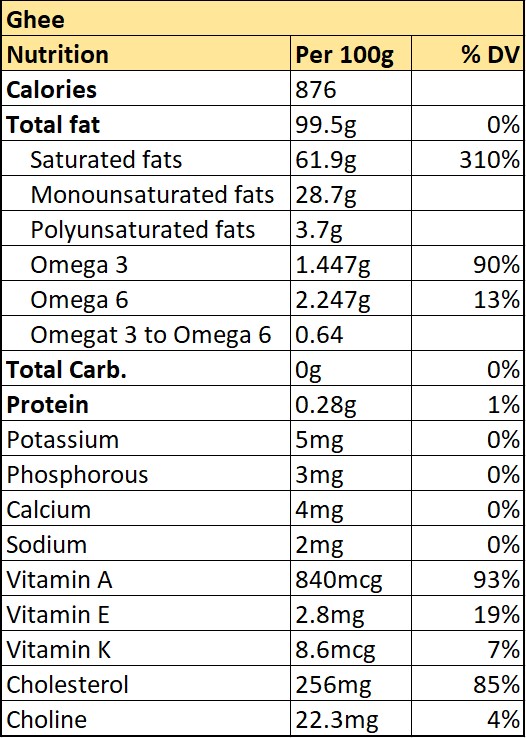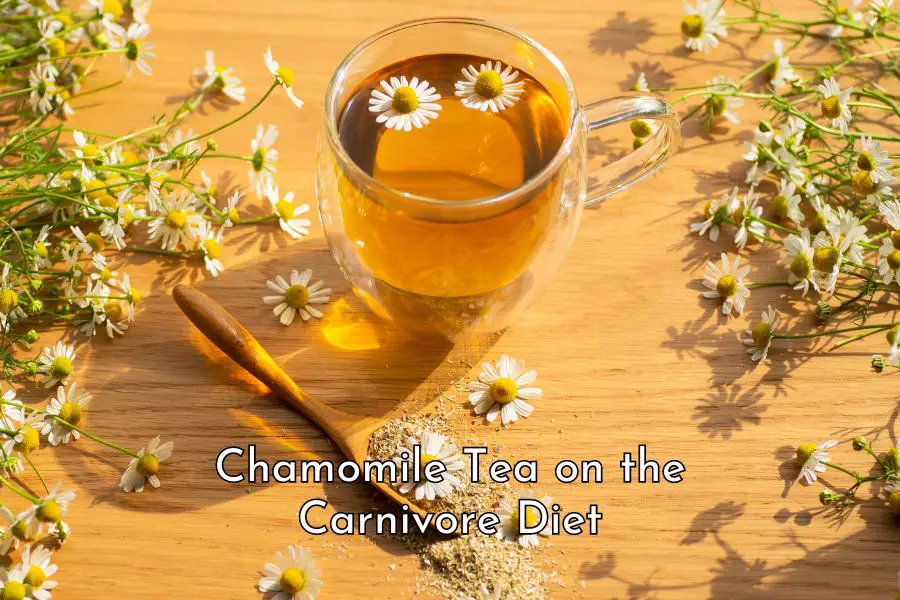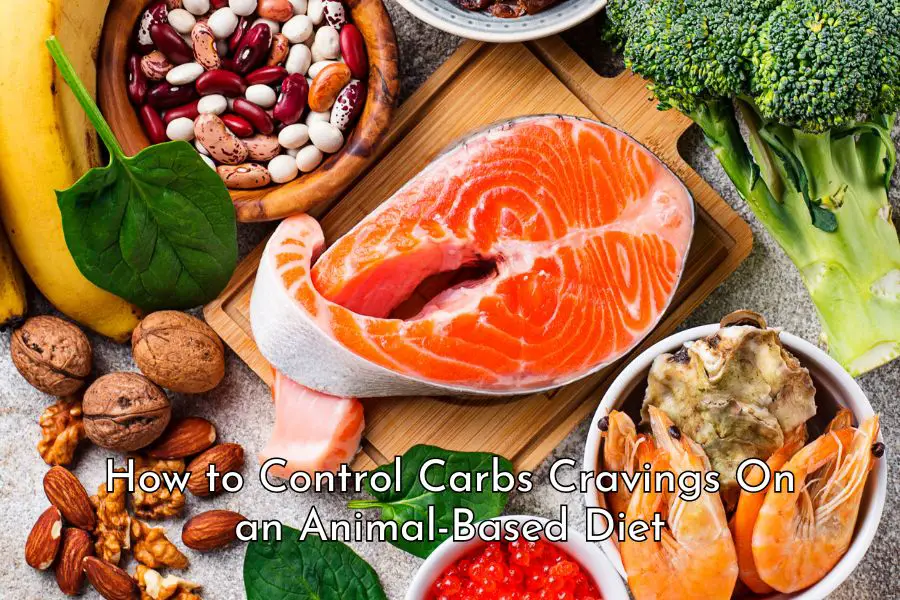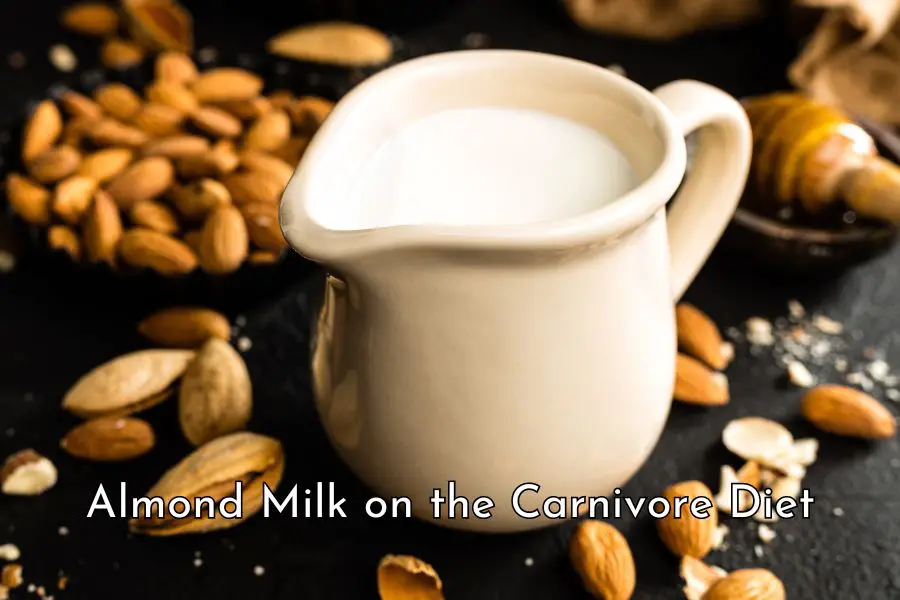Ghee, a clarified butter, has a rich history in traditional cooking. This article covers the topic of ghee on the carnivore diet, examining its nutritional profile, potential benefits, and how it fits into a carnivore diet as well as addressing many ghee-related questions.
What Is Ghee?
Ghee is a clarified butter with a rich, nutty flavor that has been used for centuries in traditional cooking, particularly in South Asia. [1]
Ghee is made through a process of clarifying butter, which involves heating butter to separate the milk solids and water from the pure butterfat.
Here is how ghee is traditionally made: [2, 3]
- Start with Unsalted Butter: It’s common to use unsalted butter to have better control over the final flavor of the ghee.
- Heat the Butter: Place the butter in a heavy-bottomed pan or saucepan. Use medium heat to melt the butter. The butter will begin to turn frothy.
- Simmering: Once the butter has melted completely, reduce the heat to a simmer. As the butter simmers, the water content evaporates, and the milk solids separate.
- Separation of Milk Solids: During the simmering process, the butter will go through several stages. The water content evaporates first, and then the milk solids (proteins and sugars) separate from the liquid fat.
- Foaming and Clarification: The butter will start to foam as the water evaporates. As the foam subsides, you will notice clear, clarified butter. The milk solids may settle to the bottom and can be strained out.
- Straining: Once the butter is clarified, strain out the remaining milk solids. This can be done using a fine mesh strainer, cheesecloth, or a coffee filter. The remaining liquid is now ghee.
The process of making ghee removes the water and milk solids, leaving behind a golden liquid with a higher smoke point than butter.
Ghee contains mostly saturated fats and this makes it suitable for high-heat cooking methods like sautéing and frying. Ghee also has a distinct flavor and aroma different from other cooking oils, which many people find appealing in cooking and as a condiment.
Because water and milk solids are removed during the clarifying process, ghee can be kept at room temperature in an airtight container for many months. However, if you live in a hot climate or wish to extend its shelf life, refrigeration is a better option.
Nutritional Content of Ghee
Ghee is a source of healthy fats and is rich in fat soluble vitamins including vitamins A, K and E. It is also a good source of omega 3 fatty acids. The table below shows the approximate nutritional content of 100 grams (3.5 oz) of ghee: [4]

Health Benefits of Eating Ghee
Ghee is a source of good fats, essential fat-soluble vitamins, omega-3 fatty acids, conjugated linoleic acid, and anti-inflammatory butyrate.
Rich in Fat-Soluble Vitamins
Ghee is a good source of fat-soluble vitamins such as A, E, and K, which play essential roles in various bodily functions, including immune health and skin health.
A 100-gram serving of ghee delivers: [5, 6, 7, 8, 9, 10, 11, 12]
- Vitamin A: 840 mcg (93% DV). Vitamin A plays a crucial role in maintaining vision, supporting immune function, reproduction, and growth and development, and promoting the health of skin and mucous membranes.
- Vitamin E: 2.8mg (19% DV). Vitamin E functions as a powerful antioxidant, preventing oxidative stress, protecting cell membranes, contributing to immune function and skin health and supporting cardiovascular health.
- Vitamin K: 8.6mcg (7% DV). Vitamin K is essential for blood clotting and bone metabolism, playing a crucial role in maintaining overall cardiovascular and skeletal health.
High in Saturated Fats
Ghee is high in saturated fat which is a great source of energy as well as offers many health benefits. In particular: [13, 14, 15, 16, 17]
- Nutrient Absorption: Saturated fats are essential for the absorption of fat-soluble vitamins (A, D, E, and K) in the body. These vitamins play crucial roles in various physiological functions, including immune health, bone health, and antioxidant protection.
- Cell Structure and Integrity: Saturated fats are a key component of cell membranes, contributing to cell structure and integrity. They help maintain the stability and fluidity of cell membranes, supporting overall cell function.
- Hormone Production: Saturated fats are involved in the synthesis of hormones, including steroid hormones like testosterone and estrogen. Hormones play a vital role in regulating various bodily functions, such as metabolism and reproductive health.
- Brain Health: The brain contains a significant amount of saturated fats, and they are crucial for cognitive function. Saturated fats contribute to the structure of brain cell membranes and may play a role in neurological health. Studies have shown that saturated fat consumption actually reduces the risk of cognitive function decline over time.
- Lung Function: Saturated fats are important for lung health and function. They contribute to the surfactant production in the lungs, which is necessary for maintaining the elasticity of lung tissue and facilitating normal breathing.
There has been concerns about cardiovascular disease risk associated with saturated fat consumption based on findings of observational studies. However, a rigorous review of observational studies to date showed no association between saturated fat consumption and (i) all-cause mortality, (ii) coronary heart disease, (iii) coronary heart disease mortality, (iv) ischaemic stroke or (v) type 2 diabetes in healthy adults. [18, 19]
In addition, a systematic review of 15 randomized controlled trials (gold standard of scientific research) with 59,000 participants found no significant benefit from reducing saturated fats (i.e. red meat consumption) on heart attacks, strokes and all-cause mortality. [20]
Contains Anti-Inflammatory Butyrate
Ghee contains butyrate, a short-chain fatty acid that may have anti-inflammatory and gut health benefits. Butyrate serves as a crucial energy source for the cells lining the colon and is known for its anti-inflammatory properties. As it nourishes the cells of the colon, it contributes to maintaining a healthy gut lining, supporting optimal digestive function, and potentially reducing the risk of inflammatory bowel disorders. Moreover, butyrate has been associated with promoting a balanced immune response, exhibiting antimicrobial effects, and aiding in the synthesis of certain neurotransmitters. [21, 22, 23]
Good Source of Omega-3 Fatty Acids
Ghee is also a good source of omega-3 fatty acids (especially eicosapentaenoic acid (EPA) and docosahexaenoic acid (DHA)) which exhibit anti-inflammatory properties and play important roles in cardiovascular health, brain health and cognitive function. [24, 25]
It is recommended that you get 500 mg to 1,000 mg of EPA and DHA per day for optimal health.
While ghee is not a significant source of omega-3 fatty acids compared to certain fish oils, it is important to note that the amount of omega-3s you are consuming is just as important as the ratio of omega-3 to omega-6 in your diet.
Because omega-3s (with anti-inflammatory properties) and omega-6s (with pro-inflammatory properties) are known to compete for absorption, the more omega-6s you consume, the more omega-3s you will need. [26]
Fortunately, on the carnivore diet with the elimination of seed oils and plant-based food, your intake of omega-6s is likely to be low (unless you eat a lot of commercially-raised fatty pork and chicken on a regular basis which can be high in omega-6s).
Therefore, your omega-3 requirement won’t need to be as high as when you are on a standard Western-style diet because whatever you consume will be better utilized by the body.
Rich in Conjugated Linoleic Acid
Ghee is jam-packed with conjugated linoleic acid which has been associated with many health benefits, including: [27, 28, 29]
- Reducing body fat and improving body composition
- Preventing cancer formation
- Contributing to the reduction of oxidative stress and inflammation in the body
- Supporting cardiovascular health by improving lipid profiles and reducing the risk of certain cardiovascular diseases.
- Supporting the immune system.
Lactose and Casein-Free
Ghee is clarified butter, and during the clarification process, milk solids (containing lactose and casein) are removed. This makes ghee suitable for individuals who are lactose intolerant or allergic to milk proteins.
High Smoke Point
Ghee has a high smoke point, making it suitable for high-heat cooking methods like sautéing and frying without the risk of producing harmful free radicals.
Ghee vs Butter
Ghee and butter are both dairy products made from cow’s milk, but they differ in terms of composition, nutritional values, flavor, and culinary uses.
Composition
Butter contains butterfat, water, and milk solids. It has a creamy texture and a rich flavor due to the presence of milk solids. On the other hand, ghee is clarified butter, meaning it has been simmered to remove water and milk solids. It consists mainly of pure butterfat.
Nutritional Comparison
Ghee and butter have very similar nutritional profile. Ghee is nearly 100% fat with a slightly higher amount of fat-soluble vitamins and a lower trace amount of proteins and water. [30, 31]
Flavor
Butter has a distinct creamy taste with a subtle sweetness. It is commonly used in baking, cooking, and as a spread. In contrast, ghee has a rich, nutty flavor and a more pronounced aroma compared to butter. The removal of milk solids contributes to its unique taste.
Smoke Point
The smoke point of butter is lower than that of ghee, making it less suitable for high-heat cooking methods. Ghee has a higher smoke point than butter, making it suitable for high-heat cooking, such as sautéing and frying, without burning or producing harmful compounds.
Comparison
With their very similar nutritional contents, ghee is often preferred by individuals with lactose intolerance or milk protein allergies because the clarification process removes most of these components. Furthermore, due to its higher smoke point, ghee is more suitable for certain cooking methods, especially those requiring higher temperatures.
Can You Use Ghee on the Carnivore Diet?
In our opinion, you certainly can use ghee on the carnivore diet. In fact, ghee is one of the best cooking oils that you can use. It is nutritious with high smoke point and less prone to oxidization.
If you choose to include ghee on the carnivore diet, it’s advisable to opt for high-quality, grass-fed ghee. This type of ghee is derived from the milk of grass-fed cows and may have a more favorable nutrient profile, including higher levels of omega-3 fatty acids and fat-soluble vitamins.
As with any dietary change, it’s essential to pay attention to how your body responds. Some people may thrive on a carnivore diet that includes ghee, while others may find that certain dairy products, even in clarified form, don’t agree with them.
FAQs About Ghee
- Is ghee the same as clarified butter? Yes, ghee is a type of clarified butter where the milk solids and water have been removed, leaving behind pure butterfat.
- Is ghee suitable for lactose-intolerant individuals? Yes, ghee is generally well-tolerated by individuals with lactose intolerance since the clarification process removes most of the lactose.
- What is the smoke point of ghee? Ghee has a high smoke point, typically around 375°F to 485°F (190°C to 250°C), making it suitable for high-heat cooking methods.
- Does ghee contain any vitamins? Yes, ghee contains fat-soluble vitamins such as A, E, and K, although the levels may vary depending on factors like the source of the butter. However, generally, ghee, butter and animal fats have lower nutrient-density levels compared to meat and organ.
- Can ghee be used by individuals with a milk protein allergy? Individuals with severe milk protein allergies should exercise caution, as trace amounts of milk proteins may remain in commercially produced ghee.
- Is ghee a healthy fat? Ghee is a source of healthy fat. It is not only rich in fat-soluble vitamins and saturated fats but also contains anti-inflammatory butyrate and serves as a notable source of omega-3 fatty acids.
- What does ghee taste like? Ghee has a rich, nutty flavor and aroma that many people find appealing. It is often used to enhance the taste of dishes.
- How should ghee be stored? Ghee can be stored at room temperature in a sealed container. Its lack of water and milk solids contributes to a longer shelf life compared to butter.
- Can ghee be used as a substitute for butter in recipes? Yes, ghee can be used as a 1:1 substitute for butter in most recipes. It adds a unique flavor and works well in both sweet and savory dishes.
- Does ghee need to be refrigerated? Ghee does not need to be refrigerated and can be stored at room temperature. However, keeping it in a cool, dark place is recommended to maintain its quality.
- Is ghee suitable for a ketogenic diet? Yes, if you don’t have dairy intolerance, ghee is often included in ketogenic diets due to its high fat content and zero carbohydrate content.
- Can ghee be used for skincare? Some people use ghee topically for moisturizing and skincare purposes due to its rich fatty acid and vitamin content.
Other posts you might be interested in:
Beef Liver Nutrition: Unveiling the Superfood Secrets
Debunking Health Risks Associated with Red Meat Consumption
Why Animal-Based Protein Is Superior to Plant-Based Protein
Why You Should Avoid Farmed Salmon on the Carnivore Diet
What Is the Best Meat to Eat on the Carnivore Diet?
10 Tips to Sneak More Organ Meat into Your Children’s Diet
Is Carnivore the Best Anti-Aging Diet Around?
Disclaimer: The information in this post is for reference purposes only and is not intended to constitute or replace professional medical advice. Please consult a qualified medical professional before making any changes to your diet or lifestyle. Please check out our disclaimer for more detail.





